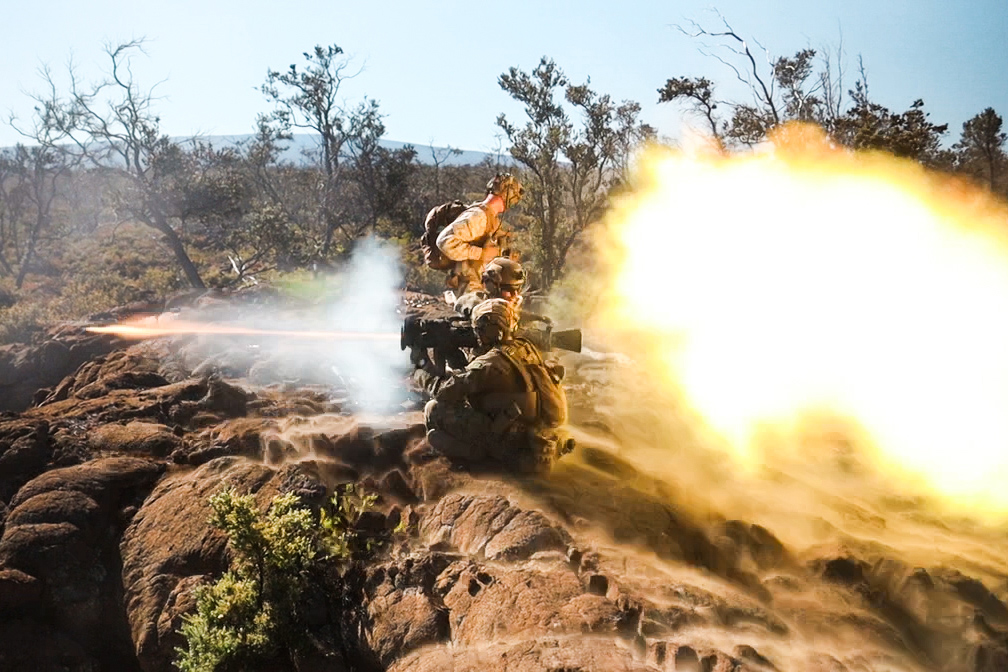A recently published study on the impact of repeated blast exposures in active-duty U.S. Special Operations Forces demonstrated changes to the way the brain communicates, particularly in areas for responsible for cognition, decision making, impulse control, and emotion. [1]
The findings of this study are consistent with other studies in this area, including those on Canadian Special Operations Forces. [2]
It is important to note this study had a board-certified neuroradiologist and neurologist review the participant’s conventional brain MRI scans. They found no acute or chronic traumatic lesions in any of the participants.
To detect the subtle changes to the brain due to repeated blast exposures, the researchers performed a functional connectivity analysis, which picked up the brain changes.
They also looked at whether the blast exposures correlated with PTSD symptoms, but found no association between the two.
While, like any study, this study has many limitations, it contributes to the mounting evidence that consistently demonstrates the vulnerability of the brain to repeated blast exposures.
As researchers continue to strive to develop diagnostic testing in these areas, it is vital for current operators who are exposed to repeated blasts to closely work with their medical and human performance teams to optimize their brain health and performance.
References:
- Gilmore, N., Tseng, C. E. J., Maffei, C., Tromly, S. L., Deary, K. B., McKinney, I. R., … & Edlow, B. L. (2024). Impact of repeated blast exposure on active-duty United States Special Operations Forces. Proceedings of the National Academy of Sciences, 121(19), e2313568121.
- Champagne, A. A., Coverdale, N. S., Ross, A., Murray, C., Vallee, I., & Cook, D. J. (2021). Characterizing changes in network connectivity following chronic head trauma in special forces military personnel: a combined resting-fMRI and DTI study. Brain injury, 35(7), 760-768.
